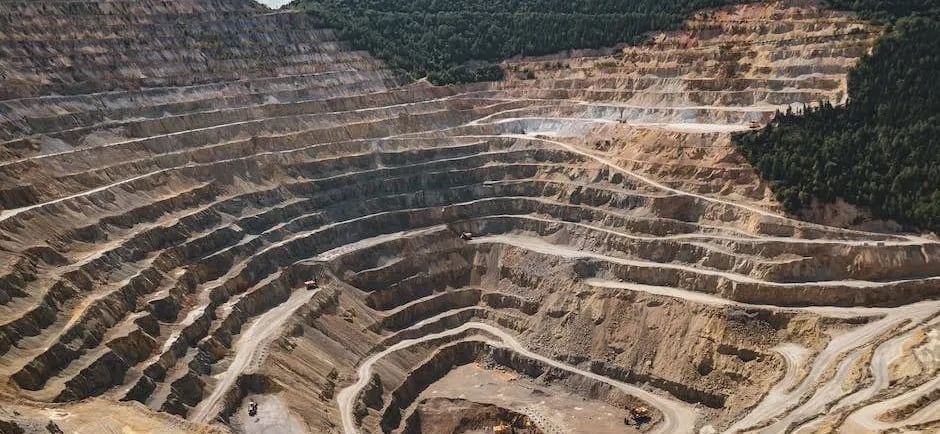Geological Features and Genetic Models of Mineral Deposits
Xuan-Ce Wang
11/14/20242 min read


Main Themes:
This briefing document reviews the geological processes and tectonic settings that contribute to the formation of various types of mineral deposits. It explores both syngenetic deposits (formed simultaneously with the enclosing rocks) and epigenetic deposits (formed later than the enclosing rocks). The document emphasizes the importance of understanding genetic models in mineral exploration.
Key Ideas and Facts:
1. Mineral Deposit Formation and Classification:
Mineral deposits are natural concentrations of mineral commodities, becoming ore deposits if economically viable for extraction.
· Formation processes include magma crystallization, volatile release, metamorphic reactions, groundwater interactions, and weathering.
· Plate tectonics plays a crucial role in the distribution and formation of many mineral deposits
· Classifications can be based on geological attributes, commodities, and genetic processes
Quote: "Mineral deposit types” are mineral deposits that share a set of geological attributes and contain a particular commodity (or commodities) that collectively distinguish them from other types. - Geological Features and Genetic Models of Mineral Deposits
2. Magmatic Processes and Mineralization:
· Magmatic-hydrothermal fluids are crucial for forming deposits like Porphyry Cu-Mo-Au and Granite-hosted Sn-W.
· Fractional crystallization of mafic magmas leads to deposits like Layered Chromite and PGM Deposits.
· Kimberlites and Lamproites host Diamond deposits as xenocrysts brought up from the mantle.
Quote: Components concentrating in a fluid phase that may exsolve from magma include chloride ions, which leads to the formation of high-temperature brines that are effective solvents for many metals - Geological Features and Genetic Models of Mineral Deposits
3. Hydrothermal Systems and Ore Deposition:
· Diagenetic-hydrothermal fluids play a key role in forming Sediment-hosted Pb-Zn deposits like MVT and SEDEX.
· Epithermal gold and silver deposits form at shallow depths, influenced by boiling point of water and fluid chemistry (low vs. high sulfidation).
· Orogenic Gold Deposits are linked to metamorphic fluids and structural deformation.
Quote: Significant ore formation requires a (probably rare) temporary conjunction of fluid production with a period of low bulk crustal permeability. Such periods will facilitate the type of fluid-driven dynamics favorable for the formation of SOC systems. - Self-Organized Critical Systems and Ore Formation
4. Weathering and Supergene Enrichment:
· Laterite deposits form in tropical climates, concentrating elements like nickel, bauxite, and gold.
· Supergene enrichment processes, particularly in Porphyry Copper Deposits, enhance the grade of existing deposits.
Quote: In a typical laterite profile comprises an unweathered ultramafic parent rock passing up into a saprolite zone - Geological Features and Genetic Models of Mineral Deposits
5. Importance of Geological Features and Models:
· Understanding geological features like host rocks, structures, alteration patterns, and tectonic setting is crucial for successful exploration.
· Genetic models provide frameworks for predicting and targeting potential ore deposits.
Quote: A goal of economic geology research is to provide the scientific framework to help us find new ore deposits - Self-Organized Critical Systems and Ore Formation
Conclusion:
The formation of mineral deposits is a complex interplay of magmatic, hydrothermal, and weathering processes within specific geological settings. Understanding these processes and the features associated with different deposit types is fundamental for successful mineral exploration and resource assessment.








